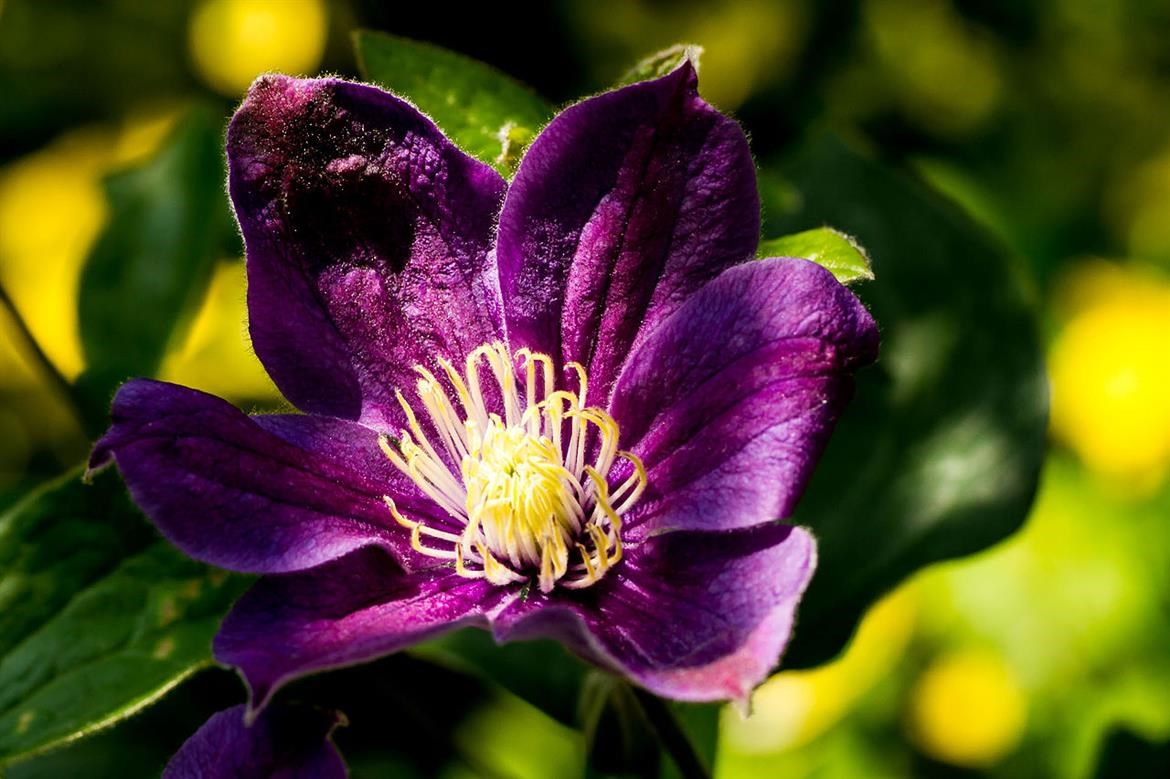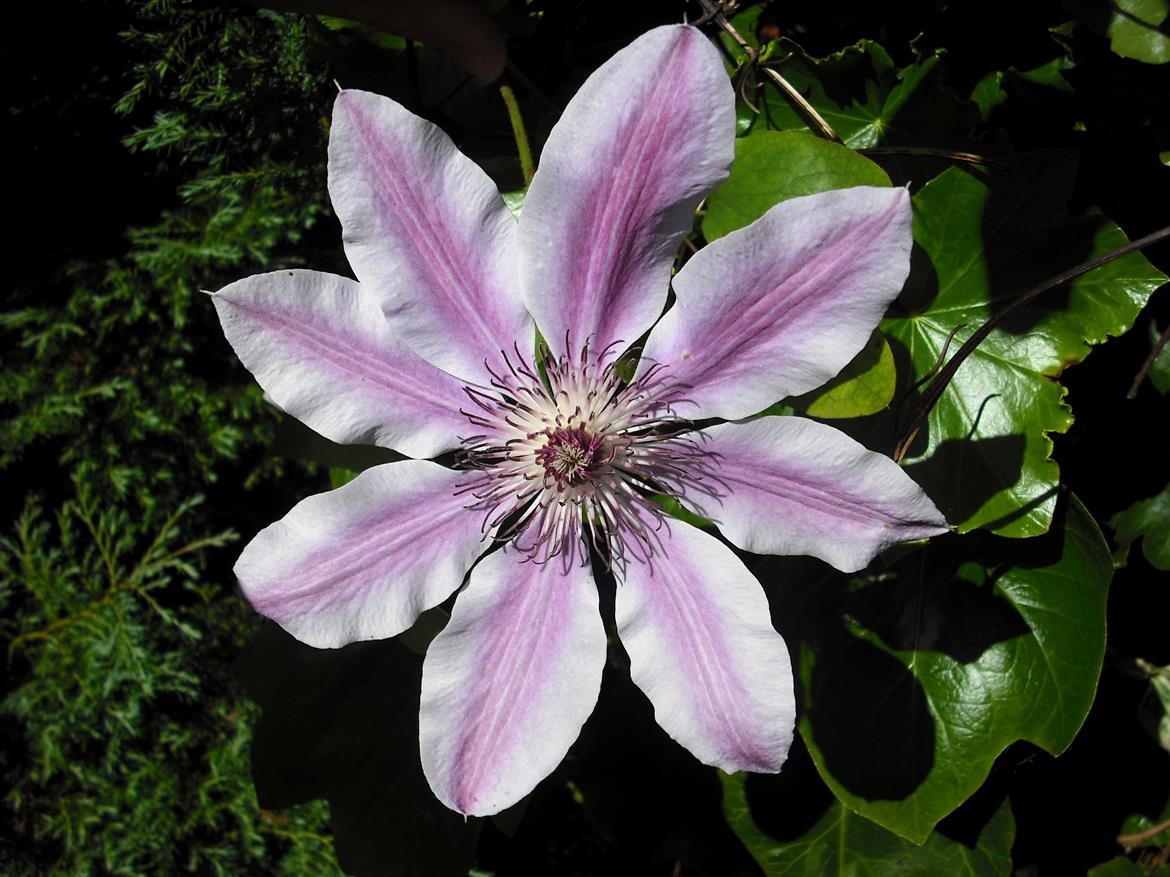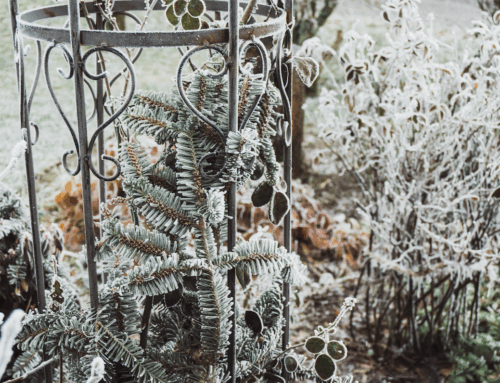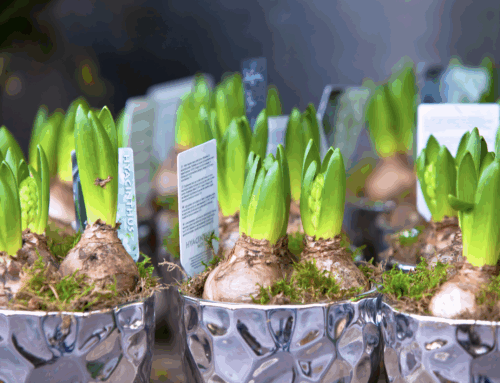It doesn’t matter whether you are an experienced gardener or a novice – planting a Clematis is really easy. Clematis are perennial plants which can last anywhere between 2 and 10 years so it makes good economical sense to invest in one that you know is a quality plant which will have at least 2 strong shoots at the base. You may like to plant your Clematis among other plants as this intermingling will add some dynamism and vibrance to your garden.

Image courtesy of Wikipedia
What Time of Year Should You Plant?
Clematis can be planted between March and November. This way, the plant will have plenty of time to take root before the winter arrives. By May, your clematis will be firmly rooted and will have the best chance of blooming beautifully in the summer months. If you don’t find the time during summer to plant then you can always do so during April and May.
Water Before Planting
Before planting your clematis, immerse the base of the plant in water for 5-10 minutes for optimum absorption.
Location, Location, Location!
Clematis prefer to have their head in the sun and their base in the shadow. This applies mainly to clematis with deep and dark colour, whereas the large flowering paled coloured clematises have a shorter flowering period and will thrive better in light spots that are shielded from the full heat of the sun at peak times. The labels on the clematis pot will always give you specific location guidance. When seeking a suitable location in which to plant, look an area of your garden where the roots will be in shade (as they require cool, moist soil) and the plant will be in an appropriate amount of sun. When planting next to a building take care, If the structure has deep foundations then you should ensure that the Clematis is planted around 40cm away from the wall.
Scrutinise Your Soil
Clematis enjoy fertile, well-drained soil which is moist but not overly saturated. If your soil is particularly compacted, prepare the soil beforehand by mixing in Rose, tree and shrub’ compost.

Image courtesy of Wikipedia
Start by digging a hole slightly bigger than the root ball, mix in some good compost such as Rose, tree and shrub’, you can add some gravel for drainage at the bottom of the hole, add some clematis feed pellets. Back fill the hole with your compost firm the plant in and water well. Finish by adding a suitable structure over the hole for the Clematis to cling to.




